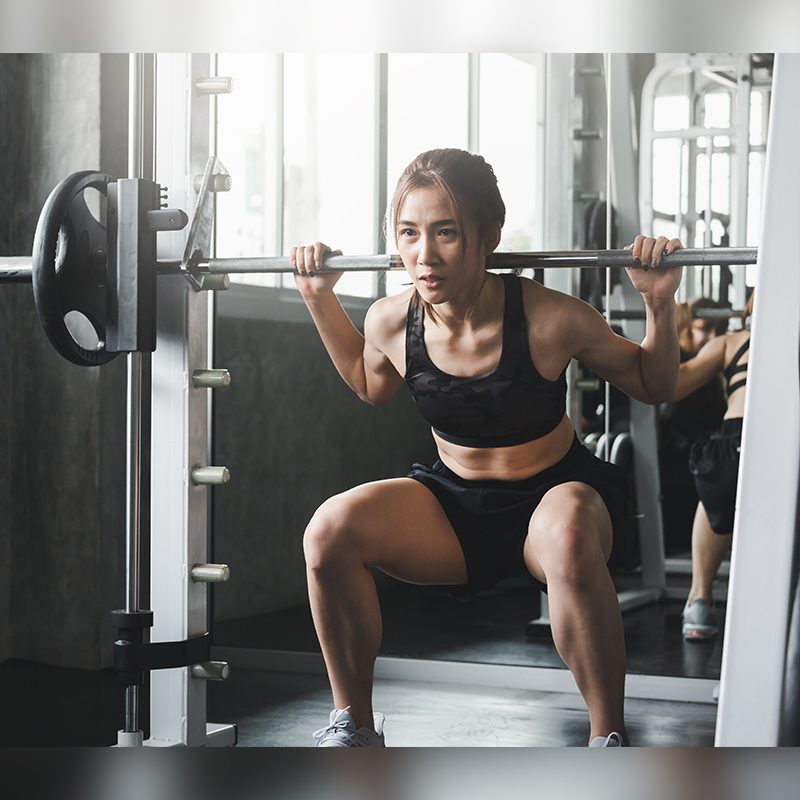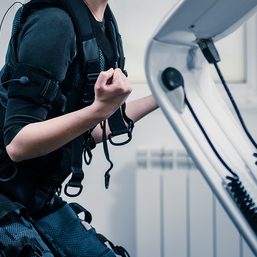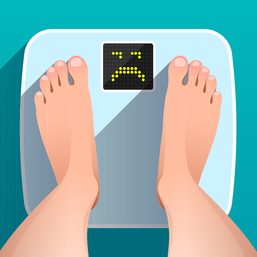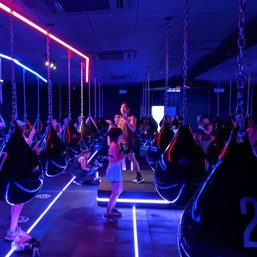SUMMARY
This is AI generated summarization, which may have errors. For context, always refer to the full article.

Women’s fitness is undergoing a revolution.
In the Philippines – where fitness continues to be a growing community – Filipinas have been averse to diving into the journey because of the rampant misinformation on how exercising can affect their bodies.
REBEL, a local fitness app that provides free workouts, health education and recipes using local ingredients, aims to debunk 5 exercise myths that have been hindering women from getting fit:
Myth 1: Strength training makes a woman bulky
Reality: Men tend to bulk up faster than women because of the amount of testosterone in their bodies; women only produce 10% of the testosterone that men produce.
The results of strength training for females include muscle toning and body shaping. So, unless you take testosterone supplements or are in a caloric surplus, we promise, you won’t get bulky! (Power up: Breaking the stereotype of women and weights)
Myth 2: Focusing on a specific body part will burn fat in that area
Reality: Workouts burn overall body fat along with a calorie-controlled diet. However, it’s not possible to ‘spot reduce’ body fat in a specific area.
What targeted exercises can do, however, is tone and strengthen specific muscles so that you’ll see noticeable changes once you do decrease body fat.
Myth 3: Cardio is all you need to get lean
Reality: A great weight loss technique is to combine cardiovascular workouts with a healthy diet. However, a purely cardio-based program without strength training can result in quick muscle loss. If getting toned is your goal, then incorporating cardio and strength training, while eating healthy is key.
Myth 4: Carbs are the enemy and too much protein is bad
Reality: A healthy mix of carbs and protein is needed for any healthy diet. What’s important is choosing the proper macronutrients to incorporate into your meals along with your overall calorie intake.
Carbs – like fresh fruits and veggies such as bananas and soybeans, root crops like kamote, ube, and gabi; and whole grains such as brown rice and corn – are a lot better than pizza and cake when it comes to supplying us with energy and keeping us full for longer.
As for protein, studies show that on average women don’t consume enough protein in a day. The required amount of daily protein intake is at least one gram for every kilogram of body weight; loading up on protein helps with muscle development, recovery, and body process regulation.
REBEL registered nutritionist and dietitian Jo Sebastian recommends starting with protein sources that are animal-based or plant-based and incorporating them into each meal. (Rappler Talk Sports: Fueling a woman’s body with Jo Sebastian)
Examples include eggs for breakfast, peanut butter on fruits for snacks, and even protein powder in your shakes, smoothies, and oats. A great local source of protein is Tilapia, which packs 20g of protein in a 100g serving.
Myth 5: Exercising on your period is a no-no
Reality: The only barrier to a woman working out on her period is the woman herself.
Multiple studies have shown that movement can help deal with menstrual cramps, but lessening the intensity of our workouts can be the best approach during the ‘time of the month’.
As always, it’s important that we listen to our bodies and know that it’s okay to slow down. – Rappler.com
Add a comment
How does this make you feel?

![[Kitchen 143] 10 reasons Pilates is the exercise routine for you](https://www.rappler.com/tachyon/2023/05/onelife.jpg?resize=257%2C257&crop=295px%2C0px%2C720px%2C720px)



![[OPINION] Unpaid care work by women is a public concern](https://www.rappler.com/tachyon/2024/07/20240725-unpaid-care-work-public-concern.jpg?resize=257%2C257&crop_strategy=attention)




There are no comments yet. Add your comment to start the conversation.